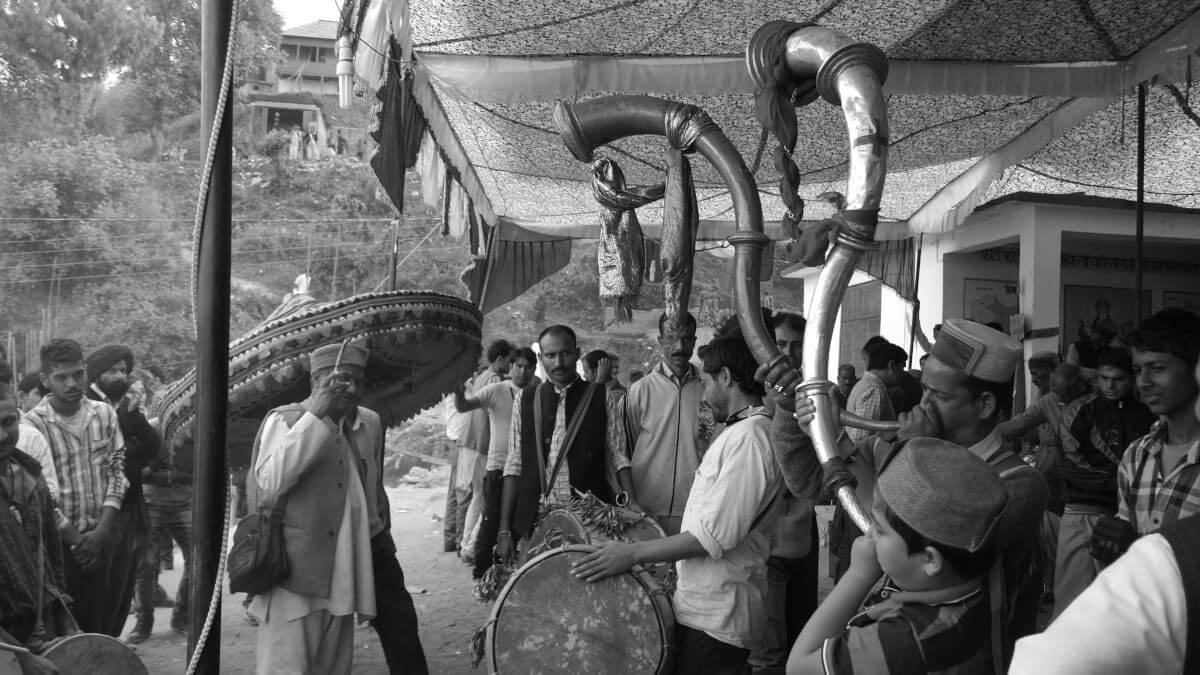Harela is celebrated for welcoming the rainy season, the new harvest and to commemorate the wedding anniversary of goddess Parvati and Lord Shiva. Discover Myth and Folklore of Harela or the day of green – Festival of the Kumaoni people of Uttarakhand.
In this Article
I want to buy vegetables, but the seller shows me a small tree instead. It is late July and I am amid green hills and lakes in Sattal, the Himalayas, in Uttarakhand, India.
Now I get a yellow – light green sprout, Vijay says:
” Put it behind the ear it is for good luck.
Happy Harela”

Vijay Patni, a man with a shiny bald head and a perfectly shaped mustache, exactly curled on the edges, wears – seriously as usual – a Harela behind his ear for the festivity.
Harela literary means “Day of the Green” it is a festival celebrated all across the Kumaon region, in Uttarakhand, northern India. IT is related to the agrarian calendar of the region and marks the beginning of the monsoon rains, the growing and harvesting period.
HARELA : Three festivals and Bhitauli
Harela हरेला(हरयाव) falls thrice in a year marking the commencement of a new season. This Kumaoni Hindu folk festival is celebrated during the Navratris – Sanskrit for “nine nights”:
- Chaitra Navratri in the month of Chaitra (March/April),
- Sharad Navratri in the month of Ashwin (September/October), and in
- Shravan (July).
In the month of Ashwin, summer crops are harvested and in Chaitra, winter crops are harvested.
Bhitauli
Amid the long stretch of Chaitra (March-April) siblings send presents to their sisters. These presents are called Bhitauli, nowadays it is the occasion of giving money to the young girls in the family.
However, because of the rains – monsoons, Shravan Harela is more popular in the region.
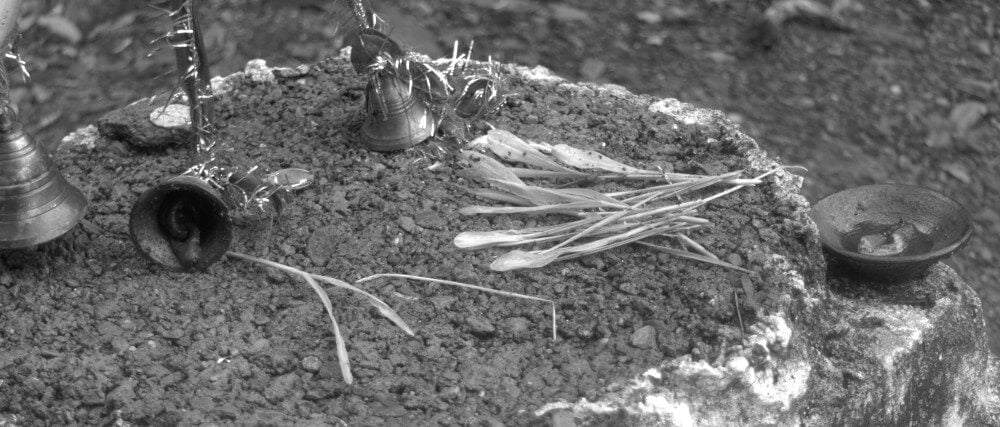
Shravan Harela
What I wear behind my ear is called Harela, it is symbolic of fertility and the flourishing of future harvest.
The seeds of five or seven kinds of grains:
- wheat,
- barley,
- maze,
- horse-bean,
- mustard,
- jhungar or koni (millets),
- Bhatt (soyabean) or
- Gahat (Ghauat)
are sown in pots and kept in the dark ten days prior to the Harela festival.
Woman or the eldest member of the family sprinkles the seeds in the baskets a few times a day and after worshiping. The Harela is given ten days to germinate. It is said that the length of the Harela decides the fate of the upcoming harvest.
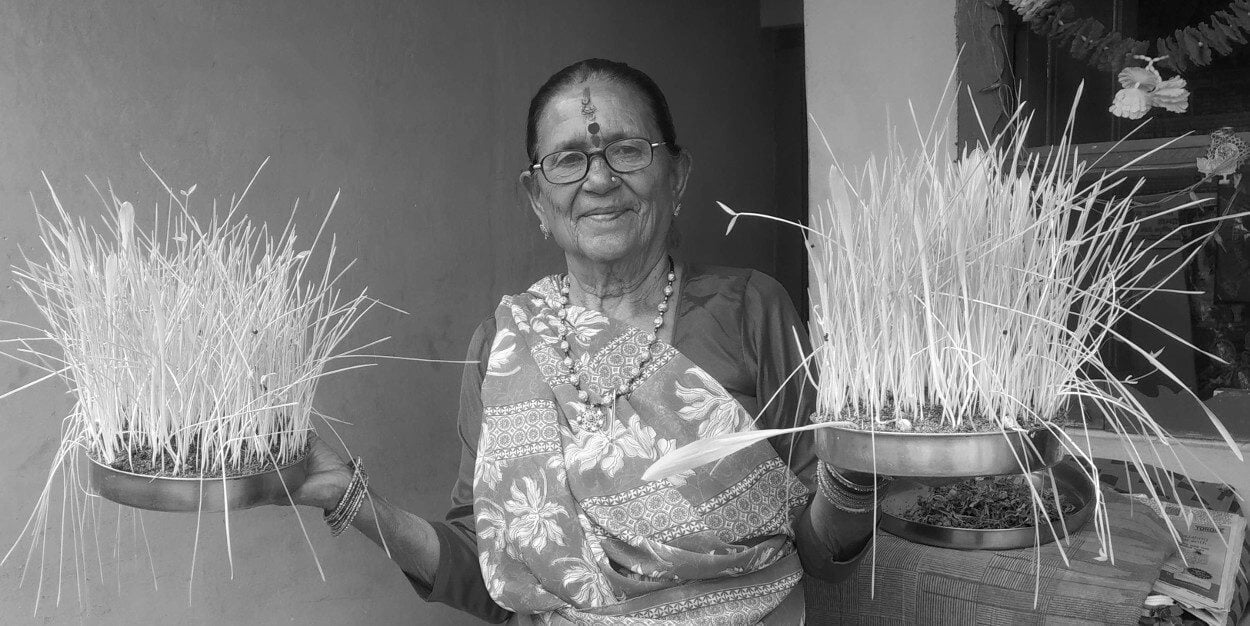
Seed quality
The hill people are also able to know about the quality of the seed sown by them.
In the past farmers in the Garhwal and Kumaon hills never bought commercial seeds. They would cultivate their own and share them with other farmers, who repay with their own local seeds or return double the quantity of the borrowed variety from the next crop. This system is still in use in some areas and has preserved seed diversity and quality for centuries.

On the ninth day the ceremonial digging is done and the Harela is tied by the sacred thread called Kalawa.
The tenth day Kumaoni people place this sprouted seeds, yellow or light green behind their ears or on their head.

Also friends and family have to wear the Harela, so I got one too.
Harela is an important festival celebrated with family and friends.
It sums up to plenty of food and prays to keep the harvest, health and wealth of the clan in good shape.
The elders in the family gift money to the children with enchanting wishes and prays:
“Jee raye jagi raye, Dharti jas aagav,
Aakash jas chakav hai jaye, Surya jas taran,
Syave jasi buddhi ho, Doob jas faliye,
Sil pisi bhat khaye, Janthi teki jhad jaye.”
“जी रये, जागि रये धरती जस आगव,
आकाश जस चाकव है जये सूर्ज जस तराण,
स्यावे जसि बुद्धि हो दूब जस फलिये,
सिल पिसि भात खाये, जांठि टेकि झाड़ जाये”।
You may get greenery, may you live long and gain consciousness. Have patience like the earth, be as kind as the sky up above, be as radiant as the sun, be as witty as the jackal and grow like the grass. May you live until the time, when you’ll have to grind the cooked rice to eat it and use a stick to go to the bathroom. 🙂
Beliefs related to Harela
If a branch of any tree is planted on the auspicious day of Harela, after five days it will develop roots and the tree will remain immortal forever.
Traditionally, the Harela is planted at home but in some villages, it is planted inside the temples, like Peepal, banyan and plantain that were accorded special significance in religious scriptures.
If a person perishes on Harela then the seeds are not sown until a child or a calf takes birth on the same date.
The bullocks are also given rest on this day and the Harela is wrapped in letters and sent to friends and family far away.
Harela song
On this day newly married girls visit their paternal homes and offer Harela to their brothers and take the blessings of their father, mother and elders.
Jee rayai, Jag rayai; Tishtiyai, panapiya
Long live, Be vigilant, Be satisfied and flourish…
Let the Harela, Dussehra, Chaitra, Panchami, Bighauti and the month of Diwali, all be auspicious to you
Continue meeting us and relatives all days;
Let you have the brain of a fox and stamina of a Lion;
You should be as liberal as mother earth and have the stature as high as sky;
have rapport with the people like the way grass spreads fast.
With the support of a stick, you should go to ease yourself;
You should eat rice, by grinding on a stone (sil)
On this day of Harela you are here and we invite you for the next Harela.
Long live, be vigilant, be satisfied and flourish…
MYTH : The wedding day of Lord Shiva and Parvati
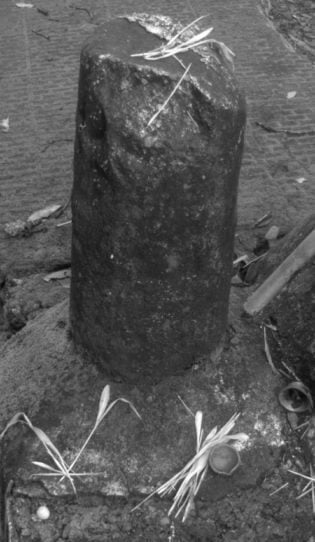
Uttarakhand: Harela or day of green – Festival of the Kumaoni people, which is celebrated in the Shravan month, is also known as Har – Kali, meaning Shiva and Parvati. Lord Shiva and Parvati’s marriage is believed to have taken place on the day of Harela.
On this day Kumaoni people make small Dikars (idols made of clay) of Gauri or Parvati and Shiva, as well as their sons Maheshwar and Ganesha, to worship them.
According to Hindu mythology, goddess Parvati was daughter of Himavat or Himavan – the personification of the Himalayas. She was the rebirth of Sati, the first wife of Shiva – who sacrificed her life when her father insulted Shiva.
Parvati initially tried to allure Shiva by her beauty, but fails. Finally, she won Shiva by practising rigorous penance at Gauri Kund in Uttarakhand.
Mythology states that Shiva proposed to Parvati at Guptakashi, before they got married in the small Triyuginarayan village at the confluence of Mandakini and Sone-Ganga rivers in Uttarakhand.
Harela – The day of green
Harela gives a reason to celebrate Nature, a tradition well enshrined in the hills of Uttarakhand where people offer forests close to their villages to their local deities – called dev vans or sacred forests – and prohibit any kind of biomass harvesting for stipulated periods of time.
People know, agriculture in the hills in impossible without forests which occupy about 65 percent of the state’s total geographical area, according to the Forest Survey of India. Uttarakhand is a state rich in biodiversity it accounts for about 28 per cent of the nation’s biodiversity. This shows, attachment to the nature and commitment to the environment is imbibed in the very culture of this hill society and it is the people who have kept the state green.
It has become common practice to attribute the slogan of “Save The Environment” to Harela or the day of green – Festival of the Kumaoni people of Uttarakhand.
Students are encourage to plant trees, either at home, in the school or with the support of local officials of the forest department.
“…Our ancestors made serious efforts to protect trees and the environment and also here at Sattal Christian Ashram we plant trees and conserve our forest. All of us should make a commitment to ensure that the coming generations get a green environment…”
says Mr. Vijay Patni, manager of Sattal Estate and Ashram.
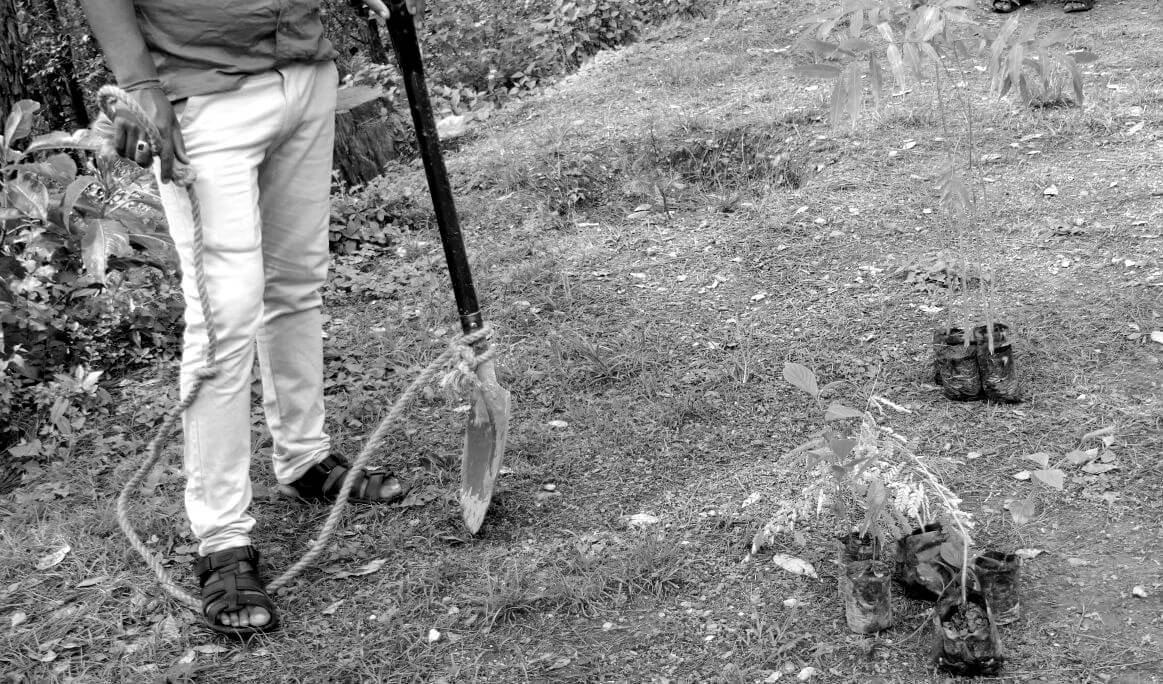
Harela Mela
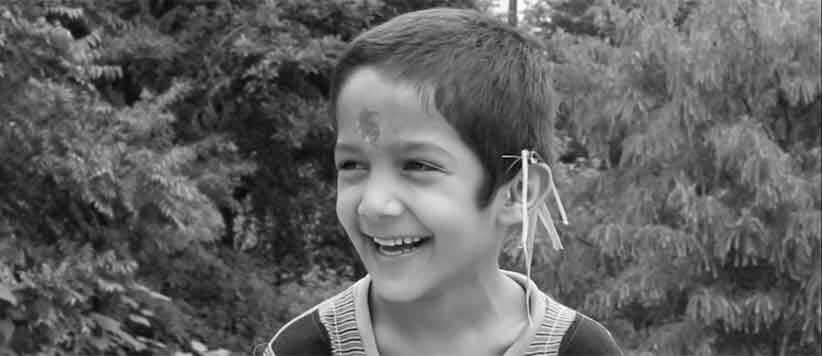
Harela festival Fare of Bhimtal (Nainital) is loud and busy with bargaining ladies and sellers. Special foods are also sold.
Its commercial, cultural and political importance is still very high. Goods like iron and copper pots, baskets, casks, bamboo and plastic articles, mats, mattresses, carpets, blankets, herbs and spices are sold during this fair.
The favorite of the little ones is the ferries wheel, not so huge but brightly lit.
~ ○ ~
Keep exploring:
Works Cited & Multimedia Sources
- http://sattalchristianashram.org/
- https://www.euttarakhand.com/harela-festival-of-kumaon
- https://kafaltree.com/uttarakhand-harela-festival/
- https://www.amarujala.com/uttarakhand/champawat/harela-festival-champawat-news-hld3492822139
- https://www.haldwani.co.in/
- http://bedupako.com/blog/?p=1432#axzz5tvPnZ2LI
- https://www.euttarakhand.com/bhitauli-festival-kumaon-uttarakhand
- http://m.timesofindia.com/articleshow/58920302.cms?utm_source=contentofinterest&utm_medium=text&utm_campaign=cppst


